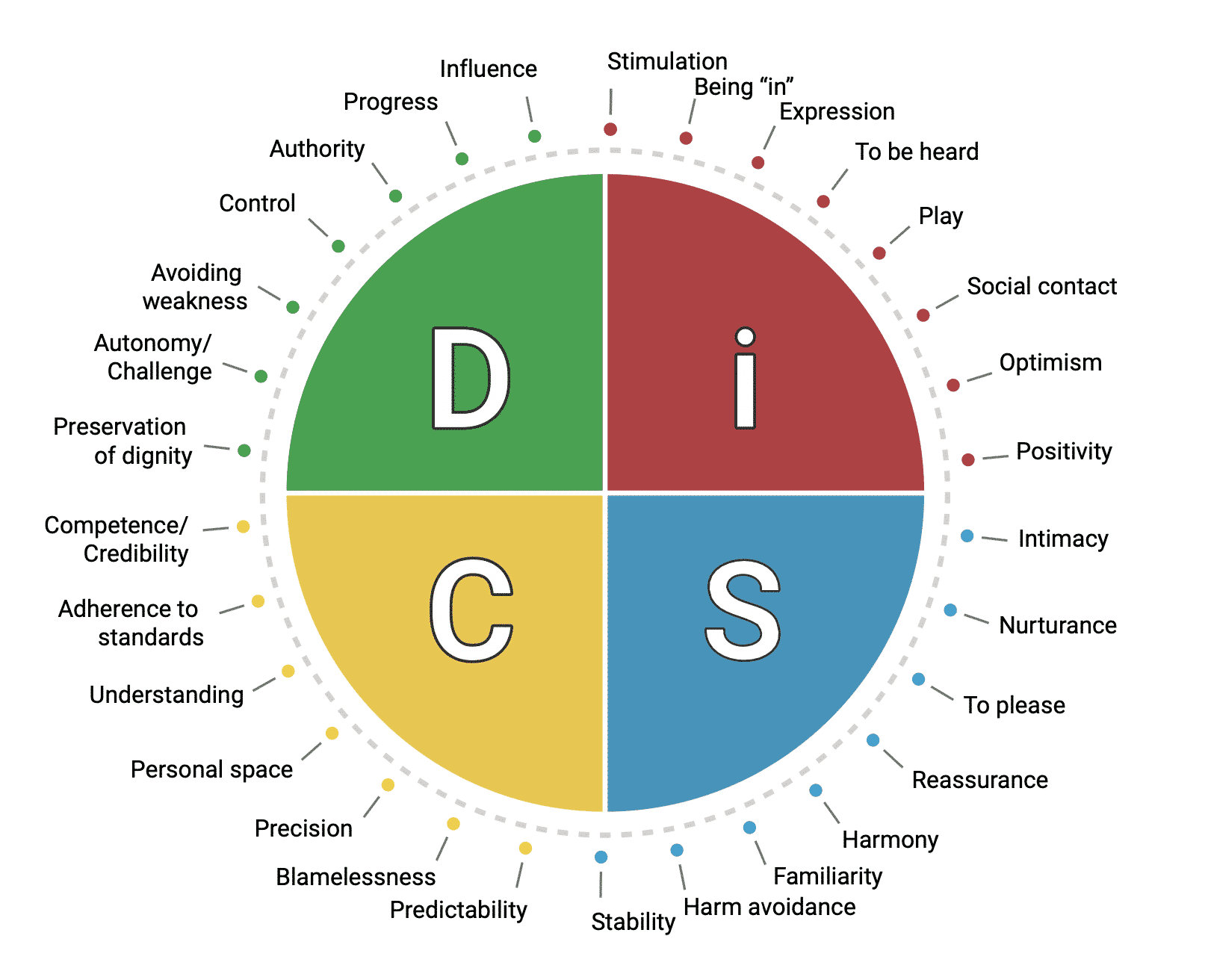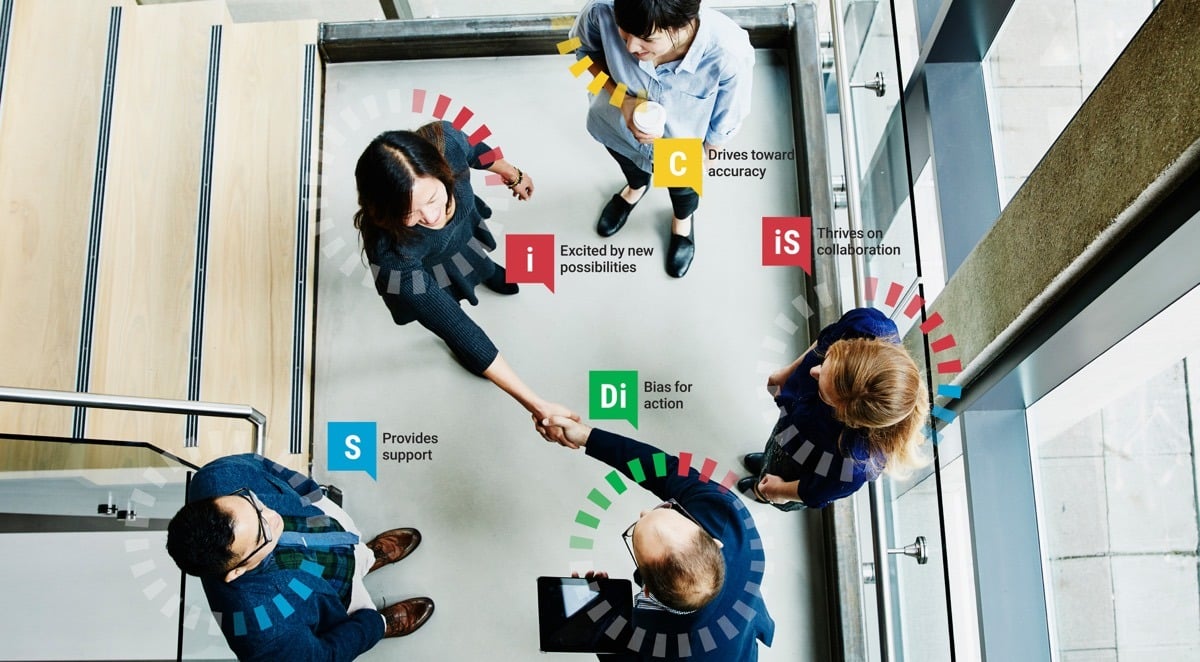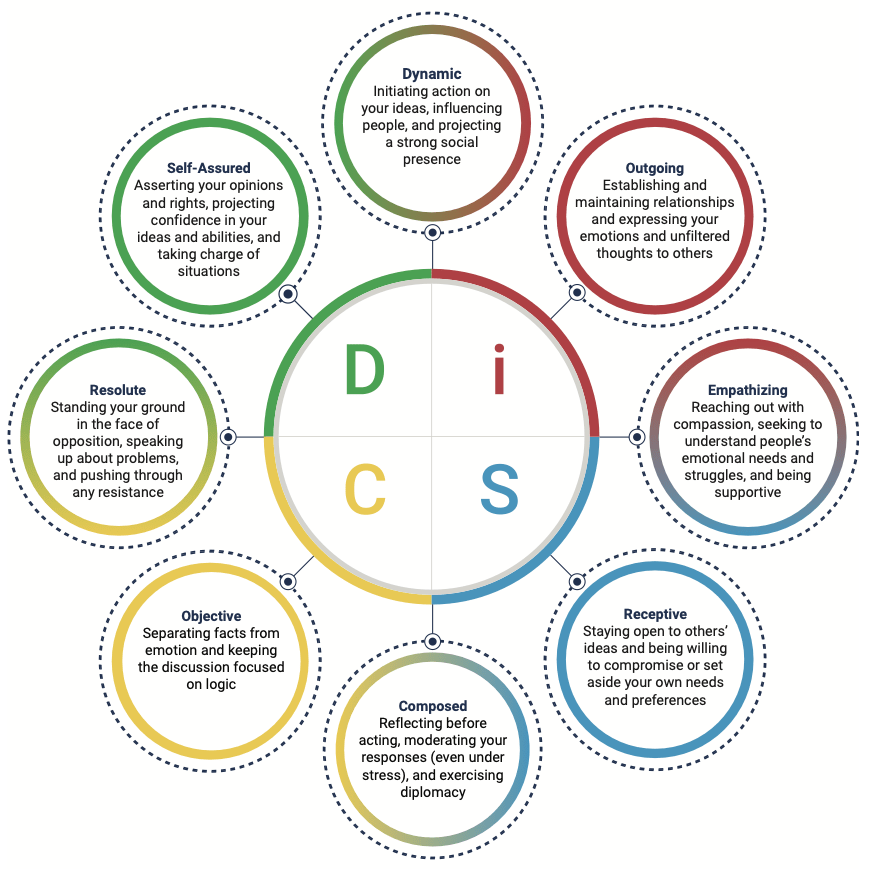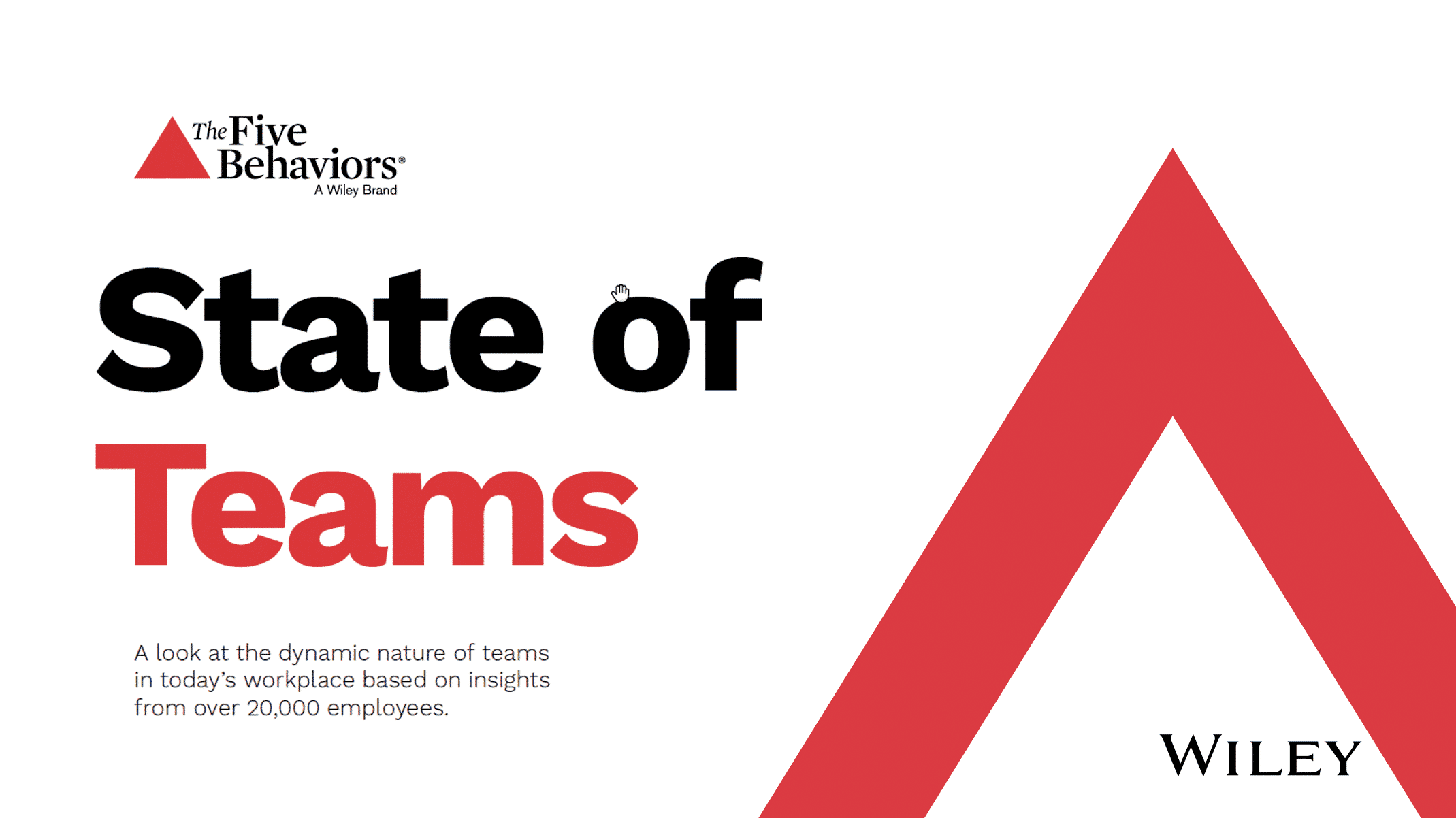DiSC Psychological Needs

You might also be interested in



Written by uku on . Posted in Määratlemata. Leave a Comment




Written by uku on . Posted in Määratlemata. Leave a Comment
In this educational video, Dr. Mark Scullard, Sr. Director of Product Innovation at Wiley, helps viewers understand emotional intelligence and sheds light on why it can be so challenging to make good decisions in social or emotionally-charged situations.
We really recommend taking those 15 minutes to watch Mark speak.



Written by uku on . Posted in Määratlemata. Leave a Comment



Written by uku on . Posted in Määratlemata. Leave a Comment
Here’s a hard business truth: no workplace is free of the ravages of distrust. Anyone who’s ever held a job knows the frustrations that emerge when coworkers don’t trust each other – the miscommunications, rivalries, inefficiencies, morale problems, and turnover that in the end distract people from their work and make life stressful. And ultimately, research shows, costs money.
Dr. Mark Scullard, a Ph.D. psychologist who serves as senior director of product innovation for Wiley, has studied distrust in the workplace and found its source: individual insecurity. It’s not insecurity itself that’s the problem, though; it’s our drive to cover it up.
This webinar recording offers you a deeper dive into:
– What insecurity looks like in the workplace
– How DiSC® can help us understand the hidden psychological factors that drive our insecurities
– What you can do to address insecurity’s drain on your company culture
Watch the webinar here:



Written by uku on . Posted in Määratlemata. Leave a Comment




Written by uku on . Posted in Määratlemata. Leave a Comment

Start reading the comparison here:



Written by uku on . Posted in Määratlemata. Leave a Comment
How do you help people become more emotionally intelligent?
In this educational video, Dr. Mark Scullard, Sr. Director of Product Innovation at Wiley, answers this question by inviting viewers into a research-backed process that leverages the DiSC model to develop emotional intelligence at scale.



Written by uku on . Posted in Määratlemata. Leave a Comment
 Even if we’d never say them out loud, we all have unconscious assumptions that sometimes get us into trouble. Here are some common ones that C-style managers sometimes make.
Even if we’d never say them out loud, we all have unconscious assumptions that sometimes get us into trouble. Here are some common ones that C-style managers sometimes make.
• If I make a mistake, I’ll lose my credibility
• If people haven’t gotten negative feedback, they will assume they’re doing a good job
• We need all of the information before we make a big decision
• It’s undignified to show intense or tender emotions at work
• Time spent relationship building is largely frivolous
• My judgement is completely objective and unbiased because I use logic
• Emotions have no place in decision making
• There’s one best way of doing things
• If my feedback is objective and fair, I don’t need to cater to people’s feelings
• I need to consider all of the variables before I decide
• You should keep emotions to yourself
• If I make a bad decision for the group, it will never be forgotten
• I’ve thought this through and there’s no better way to see it
 • We get bogged down in over-analysis
• We get bogged down in over-analysis
• There’s a lack of shared excitement for our work
• We don’t feel like our hard work is appreciated
• We miss opportunities because we’re too cautious
• Our processes are too rigid
• We don’t feel connected to our teammates
These managers often need help appreciating that to grow as a leader, they’ll need to embrace the humanity of their direct reports on a deeper level. By understanding other perspectives, they see that the people they manage often need praise, excitement, optimism, camaraderie, or risk-taking at a much greater level than they do.
Download the full-size poster here:



Written by uku on . Posted in Määratlemata. Leave a Comment

Even if we’d never say them out loud, we all have unconscious assumptions that sometimes get us into trouble. Here are some common ones that S-style managers sometimes make.
• It’s my job to keep my team happy at all times
• I shouldn’t upset people
• It’s rude to be too assertive
• If there is uncertainty, inaction is the best course
• If people are sorry, there doesn’t need to be any other consequences
• Direct, critical feedback should only be a last resort
• It’s better to give people what they want than keep fighting
• Slow and steady is better than unpredictability
• I shouldn’t inconvenience other people
• My needs are less important than other people’s
• I shouldn’t push people to push themselves
• You should always give people the benefit of the doubt
• I need buy-in from everyone before I finalize a decision
 • Problematic behavior doesn’t get called out
• Problematic behavior doesn’t get called out
• We don’t get the resources we need from upper management
• There’s no sense of urgency
• We don’t get the feedback we need to grow
• There’s no support for big changes
• Decisions take way too long
These managers grow as they start to appreciate that sometimes they’ll actually have to invite tension and instability into their world. By understanding other perspectives, they see that not everyone shares their need for harmony and that the long-term well-being of their team often depends on allowing a little short-term messiness.
Download the full-size poster here:



Written by uku on . Posted in Määratlemata. Leave a Comment

Even if we’d never say them out loud, we all have unconscious assumptions that sometimes get us into trouble. Here are some common ones that i-style managers sometimes make.
• Most people are fine improvising
• People who are quiet and reserved need to be brought out of their shell
• I have to express my feelings when I have them
• If someone shows confidence, they’re probably competent
• I need to fill the silence to keep things upbeat
• The team should keep things positive, all the time
• I shouldn’t jeopardize my popularity
• It’s ok to build up excitement for an idea, even if it’s only a vague possibility
• Showing my enthusiasm will get everyone excited
• Everyone should assume the best, like I do
• It’s better to move on than dig into problems
• Everyone craves excitement
• If I give critical feedback, our relationship will never recover
 • We don’t have the stability we need
• We don’t have the stability we need
• We move too fast and quality suffers
• There’s a lot of big talk that goes nowhere
• Problems get glossed over
• Work feels chaotic
• Some of us don’t have the space we need to do our work
One of the core insights that helps these managers is realizing just how much more stability, predictability, or control others might need compared to them. By understanding other perspectives, they see that not everyone shares their comfort with improvisation or emotional expression and that sometimes they’ll need to take a more task-oriented or tough-minded approach.
Download the full-size poster here:




IPB Partners - Authorized DiSC® Partner
Woldemar Mayer building
Paldiski mnt 29, corpus B, 6th floor
Tallinn, Estonia 10612
+372 5257939
hello@ipbpartners.eu
Everything DiSC and The Five Behaviors are registered trademarks of John Wiley & Sons, Inc., or its affiliated companies.